After the first image leaked of the upcoming successor to the Razer Phone, many were taken aback by its design, specifically how familiar it was. Last year's Razer already stood out with its boxy design and large bezels, and many thought the successor would change this. It didn't. But what if the reason for the familiar form factor is a project they teased earlier in the year?
During CES 2018, Razer once again stood out by introducing a new project that may or may not ever make it to market. While not as mind-blowing as Project Valerie and its triple display, Project Linda introduced a way for them to merge their new mobile division with their computer division. By using the Razer Phone as both a mouse pad, second screen, and as the brains of a laptop, mobile gamers had an even better way to game on their phone.
However, as cool as the concept was, the problem many articulated was the limitation of using a cutout. The cutout, which was the dimensions of the Razer Phone, would limit the size of the Razer Phone 2, since, for this project to work, it would need to support both models. And since Razer did just that, it appears Razer might actually bring this laptop to fruition. Not only would the accessory set the phone apart, but it could better compete with the ASUS ROG Phone and its multiple accessories. It would also help them bring some of their PC audience to their phone — at least the folks who are more familiar with gaming on a keyboard.
Project Linda
Project Linda is a concept introduced during CES 2018 that merges a laptop with the Razer Phone. The laptop has a 13.3" QuadHD touchscreen with a refresh rate of 120 Hz, the same as the Razer Phone. It also has a keyboard which supports Razer Chroma, their RGB software. It has 200 GB of internal storage which can be used to store apps, games, and media.
But what's unique is that it's powered by the Razer Phone. Instead of running its own operating system, it leverages the Android OS from the Razer Phone, readjusting the UI to emulate the layout of a Windows-powered PC. And it does this by replacing the trackpad with a cutout where you insert your Razer Phone. The phone connects to the laptop via USB-C, which it connects to when it slides into the cutout. This connection allows the laptop to leverage the hardware of the phone including the CPU, GPU, RAM, and speakers.
The laptop chassis provides an additional USB-C port and USB Type-A (regular USB), along with a 3.5 mm headphone jack, a port omitted from the Razer Phone. Using a custom UI on the laptop, users can launch apps and games, use the Play Store, and access anything stored on their phone. For games, the bulk of interaction will occur on the main laptop screen. However, if the game supports it, the Razer Phone's screen can act as a second screen showcasing menus and inventory to improve your ability to compete.
But what's especially important for gamers is that Android already supports mouse and keyboard input. Therefore, by connecting a mouse (either using Bluetooth or USB), you can control your favorite game using traditional PC gaming tools. And thanks to Valve's Steam Link, PC gamers could also play their PC games on the laptop by using the Android app to mirror the experience.
Razer Phone 2
So if you didn't know about Project Linda already, I'm sure you are pretty excited. Not only does an accessory like this benefit gamers, but the working adult can now use it to replace a traditional laptop. Unlike some of Razer's others concepts, this project seems almost completed, so the question around CES was when would it hit the market.
The problem with the concept was that the laptop had a glaring problem, the cutout. The cutout was specific to the Razer Phone's dimensions. Therefore, for it to be worth the trouble, Razer would need to sell a ton of Razer Phones by the first half of 2018 to have a large enough audience to release it this year. Or, Razer would have to wait for a year of sales and make the successor the same dimensions as its predecessor. This way, for those who upgrade to the Razer Phone 2, they won't miss out. And it appears they did just that.
Based on the leak from AndroidHeadlines, the Razer Phone 2 is almost identical to the Razer Phone. It appears to be laid out the same with the buttons in the same position. The speakers are about the same size, as well as the screen, although the bezels appear to be a bit bigger. But more importantly, the length and width seem to be the same as well. If the depth is equivalent to its predecessor, there is no reason this phone wouldn't work in Project Linda's cutout, allowing both the Razer Phone and Razer Phone 2 to be used interchangeably.

Razer Phone (left) and Razer Phone 2 (right).
Conclusion
The aren't many good reasons why Razer would have decided to keep this design. It a far cry from bezel-less phones of 2018 or even the 18:9 aspect ratio displays of 2017. Because of its large screen and big forehead and chin, it made the phone a bit hard to hold in portrait mode for those with smaller hands. Even if their customers love the design, the fact that the size is almost identical just seems like too much of a coincidence, especially with how polished the Project Linda concept appeared at CES.
What do you think about the potential of Project Linda coming to fruition? Would you mind the same design as last year's Razer Phone if it meant that Project Linda would work on the successor? Do you like this idea of recycled design for accessories? Let us know in the comments below.
- Follow Gadget Hacks on Facebook, Twitter, YouTube, and Flipboard
- Sign up for Gadget Hacks' daily newsletter or weekly Android and iOS updates
- Follow WonderHowTo on Facebook, Twitter, Pinterest, and Flipboard
Cover image by Razer/YouTube













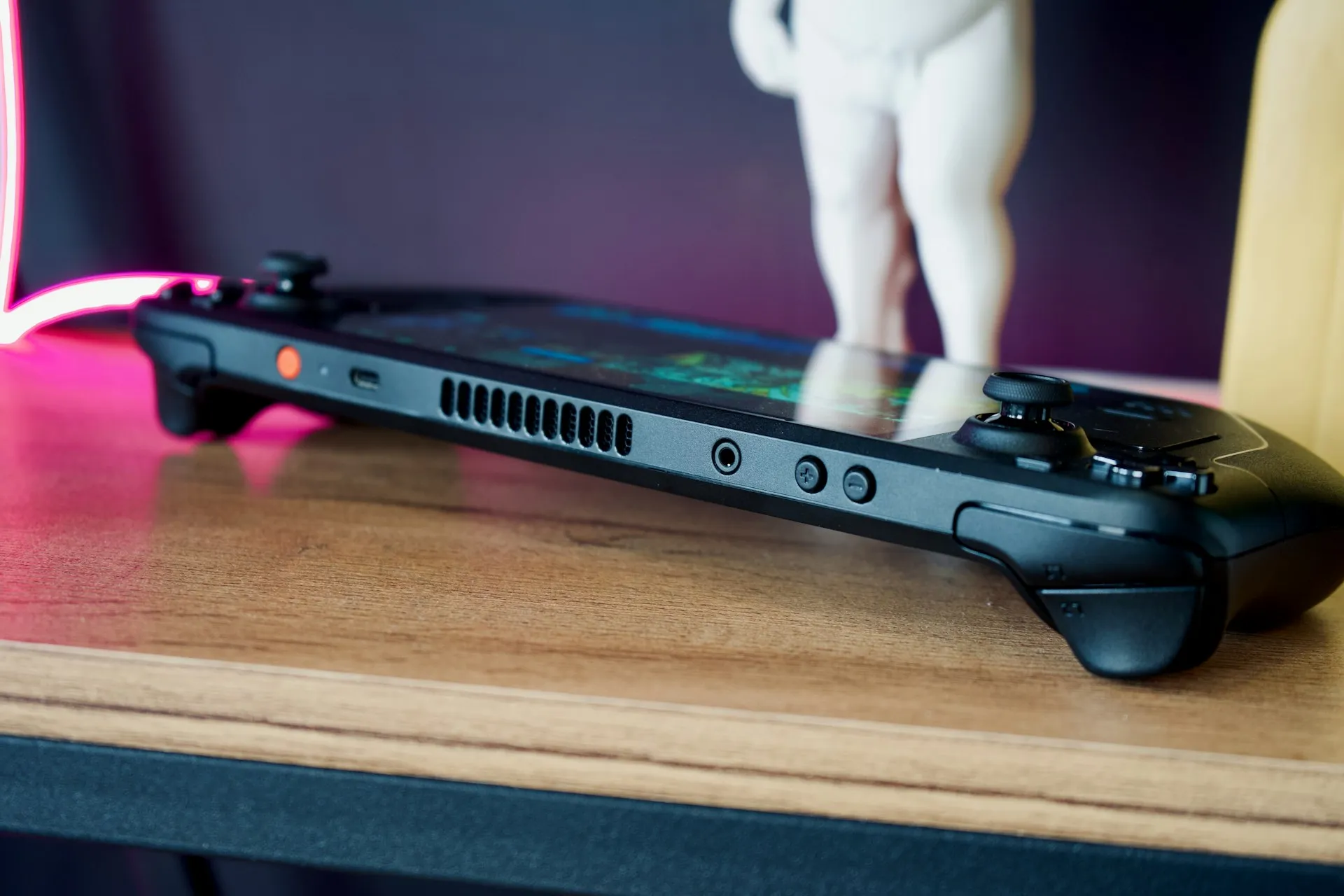
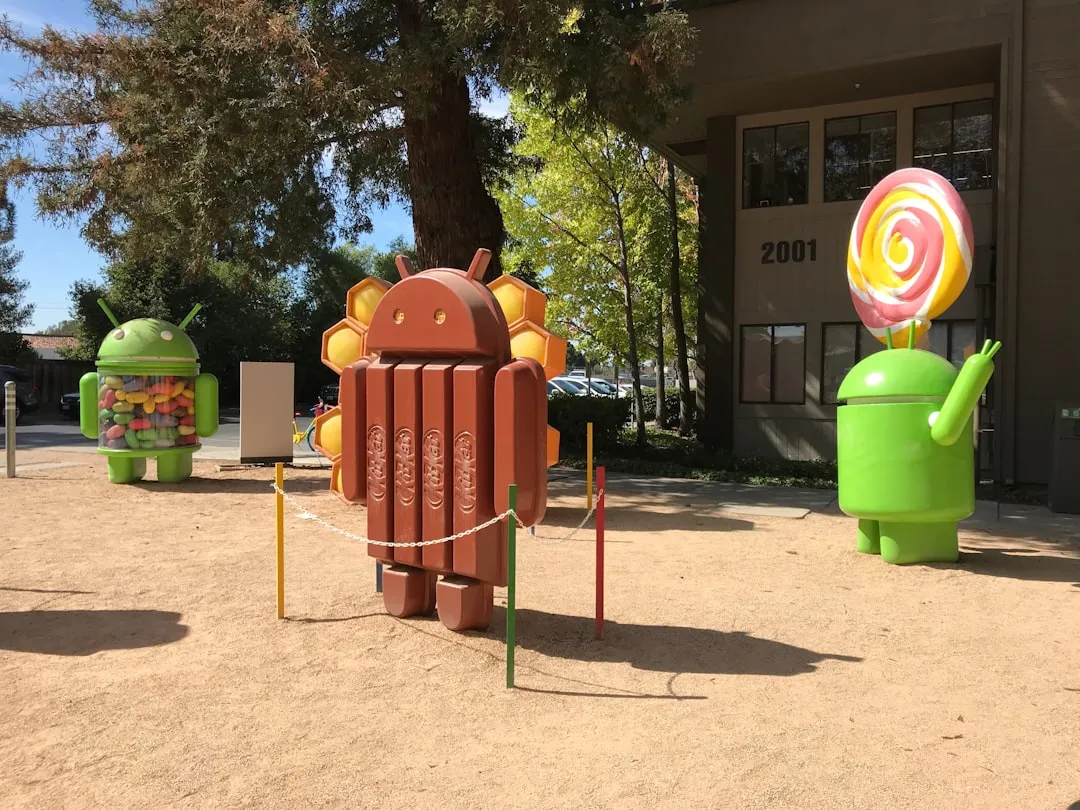
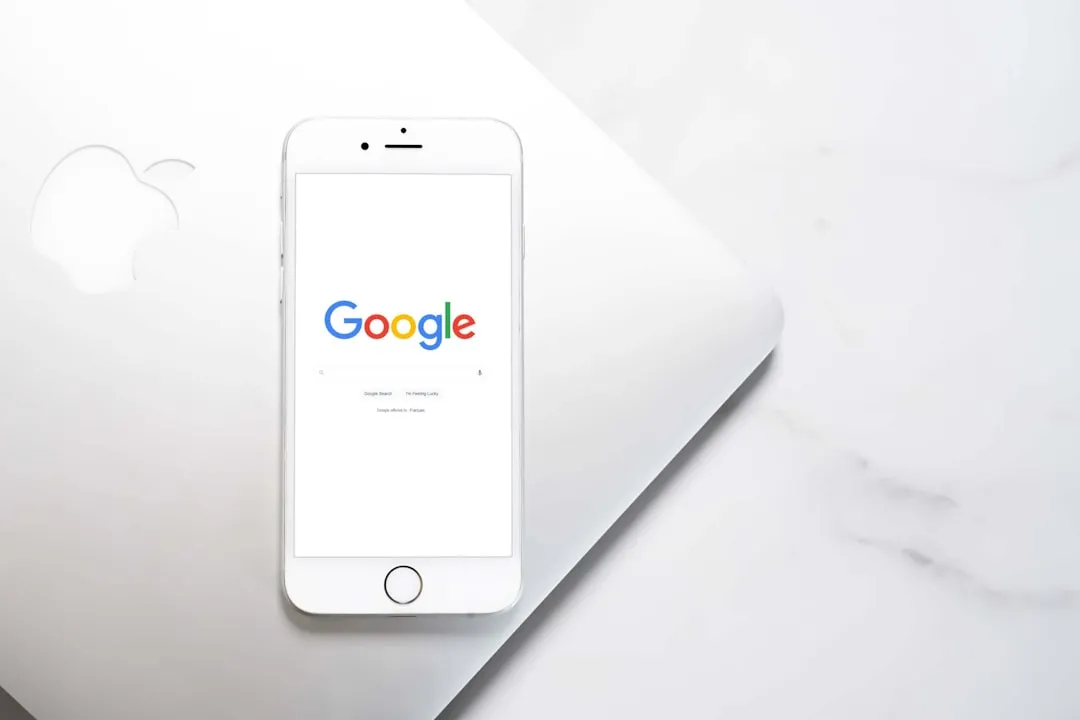





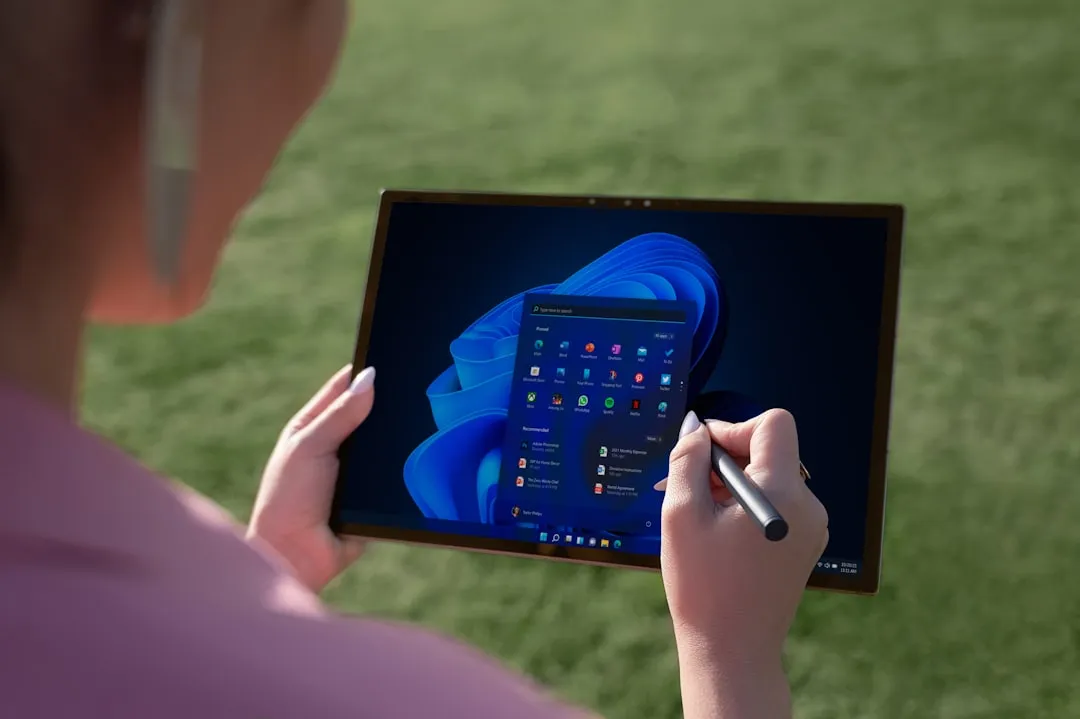

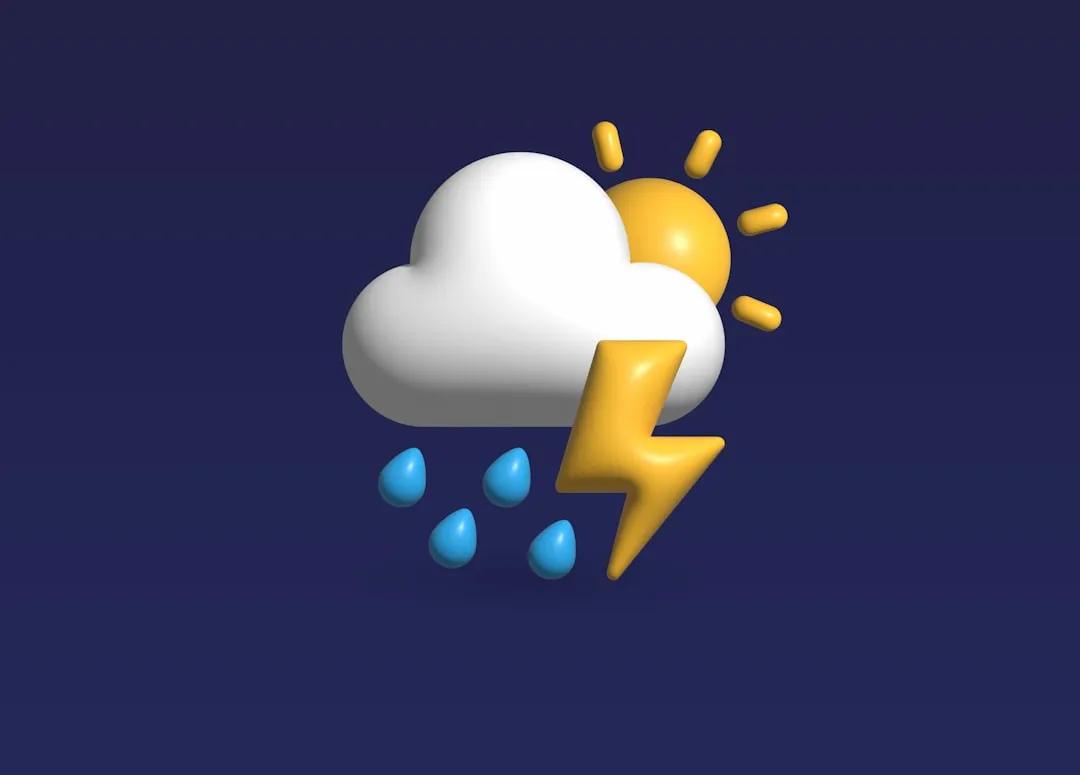
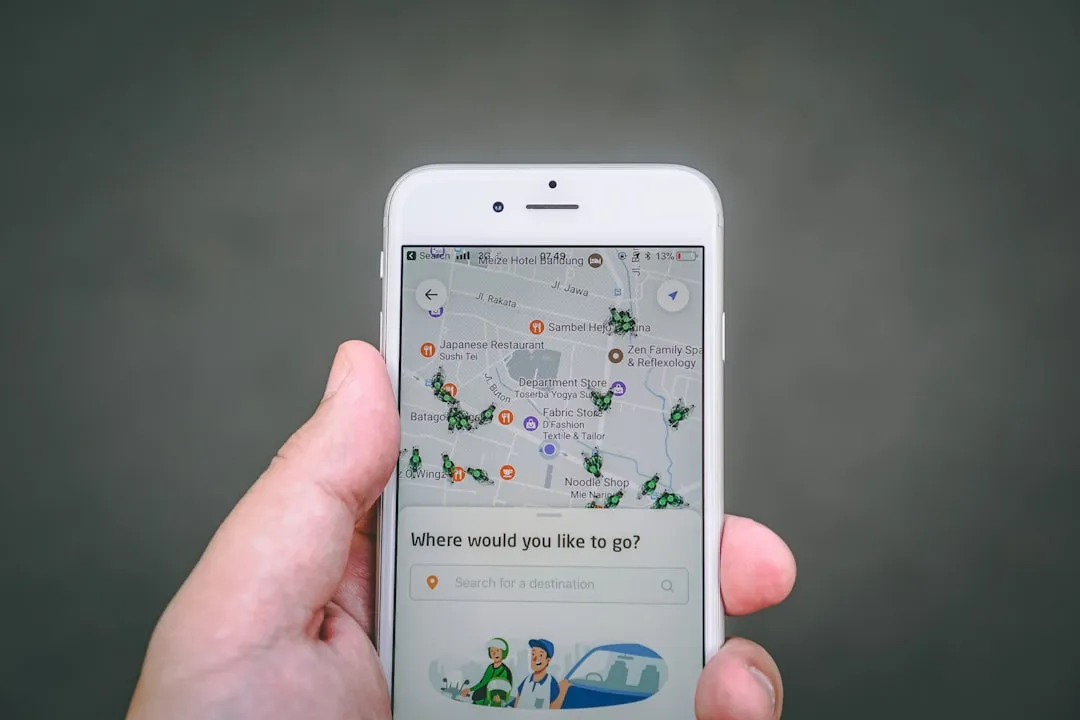
Comments
Be the first, drop a comment!